If beekeeping is one of those things you have always wanted to do, but never had time to pursue, our current period of self-isolation may provide you with the time you need to learn about this exciting hobby.
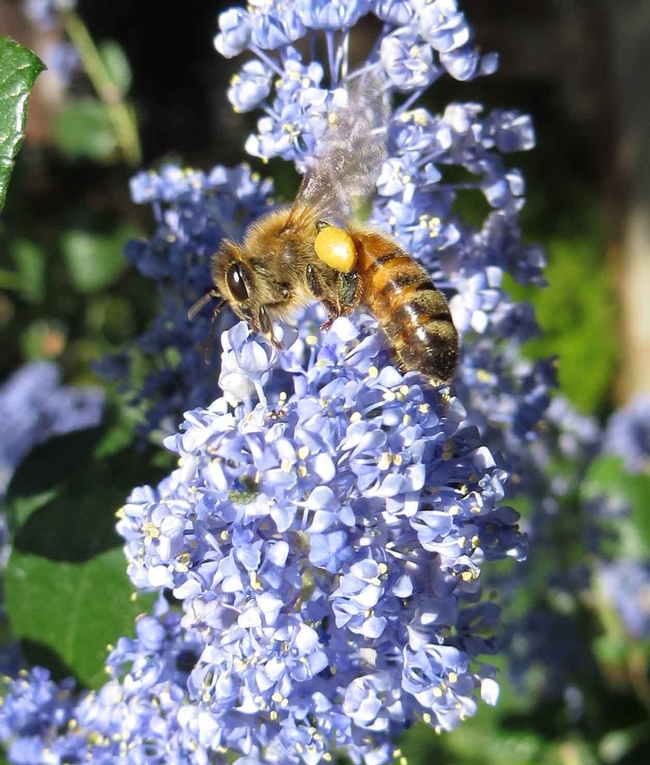
The amount of time you spend taking care of bees depends on the season of the year and the number of hives you maintain. Beekeepers experience a flurry of activity in spring, maintenance jobs to perform in summer, and harvesting honey and preparing for winter in the fall. When you are new to keeping bees, there is of course a learning curve in the initial seasons.
Understanding the Background
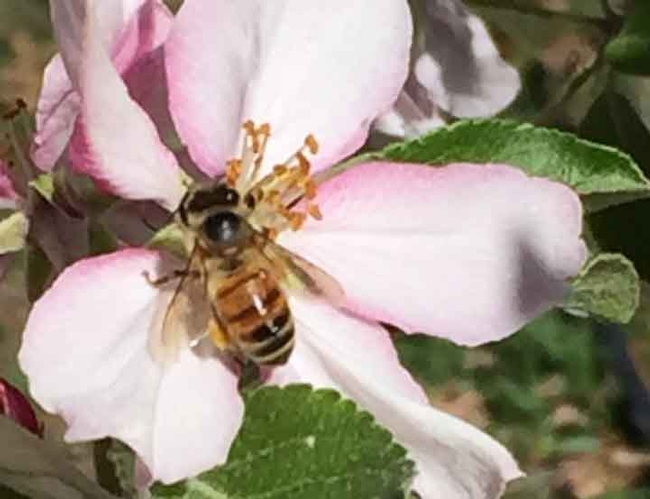
If you are going to raise bees to harvest and sell honey or other consumable products you need to review the Butte County Cottage Food Operators rules to learn about the policies and permits required.
Learning about bee biology and understanding the bee life cycle, nutrition, water requirements, behaviors, and pests and diseases will help you better manage your hives.
Learning from a mentor or taking classes is a good idea. The E.L. Niño Bee Lab at UC Davis offers classes on ‘Planning Ahead for Your First Hive' and ‘Working Your Colonies', among other topics.
Getting Started
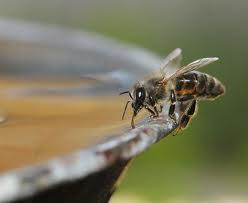
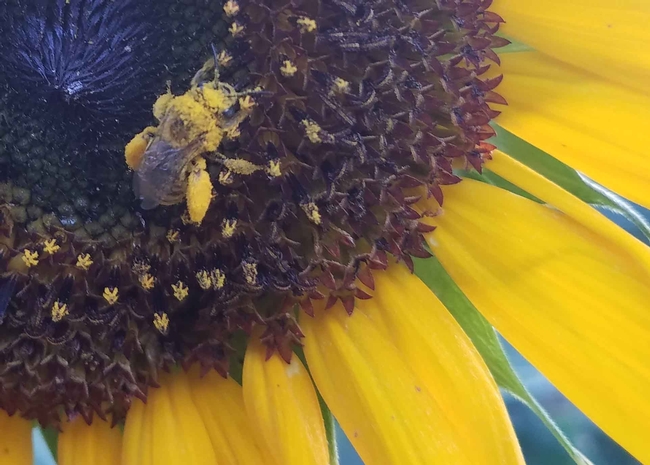
You will want to monitor the hive regularly through the summer months to make sure the queen is laying eggs, and you will need to inspect the hive and be able to spot diseases, pests (including Varroa mites) or other problems that could impact the bees' health. In the fall you may be able to harvest honey and then prepare the hive for winter.
Siting the Beehive
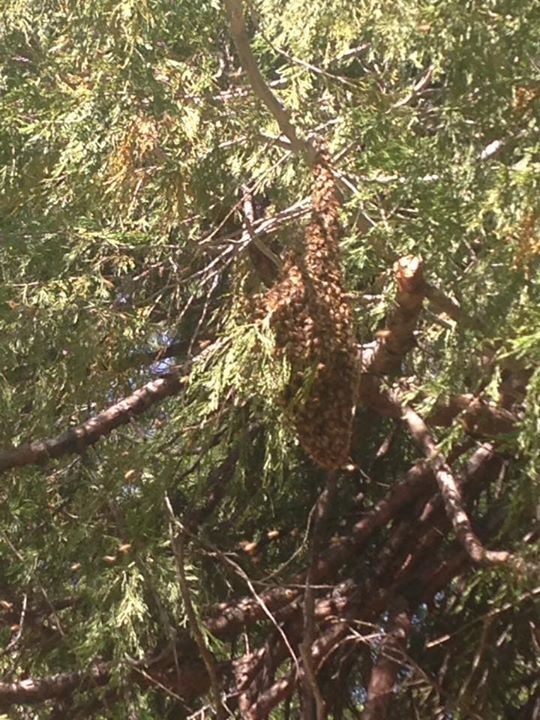
Choose a location that has a wind break and is not overly shaded. Dappled sunlight is best. The hive entrance should face southeast to take advantage of the early morning sunlight.
Place the hive in an area that is level and stable. You want to set the hive off the ground on a stand to avoid moisture accumulating in the hive. If you are in an area that has a lot of wildlife, consider installing a wire fence or kennel with a roof to protect the bees from predators like raccoons and skunks. In areas where there are bears you might want to invest in an electric fence.
The standard and most commonly-used hives are Langstroth 10 Frame Hove Boxes. These come in a variety of depths. Keep in mind that you will have to move the boxes around. A deep hive box that's full of comb, bees, and honey can be heavy, weighing over 90 pounds. Medium depth boxes are lighter. These standard hives have interchangeable parts and accessories that are widely available. Also available are top bar hives, usually called Kenyon Top Bar Hives. These hive boxes mimic the cavity of a tree and have individual bars that can be removed for inspection. You will need to research the hive system that is right for you.
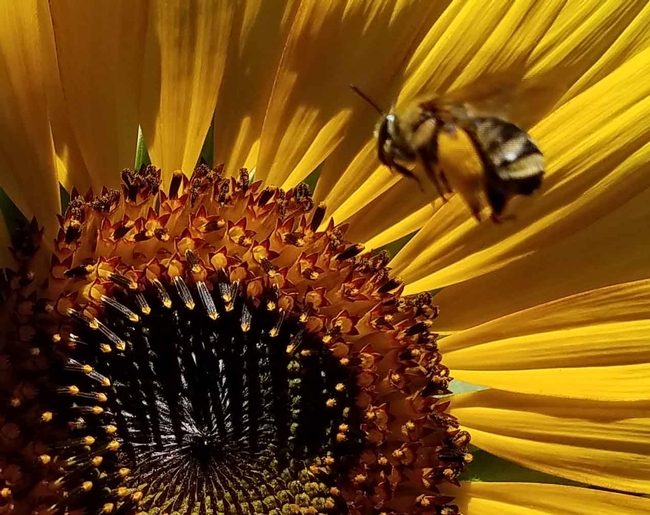
In the state of California, you must register your bees with the County Agricultural Commissioner if you have ten or more hives, in accord with Food and Agricultural code 29044. If you have nine hives or less, you are encouraged, but not required, to register your bees to help map the hives. This is critical to the health of both the bees and the state's agricultural sector. The registration fee is just $10.00 a year (go to www.buttecounty.net/agriculturalcommissioner/ or call them at 530-552-4100). You can register online and also enter the location of your bee yard or apiary on the BeeWhere webpage. This pins your bee's location to a map so that if there is a problem with disease or new pests affecting bees, the Agricultural Commissioner can contact you to let you know.
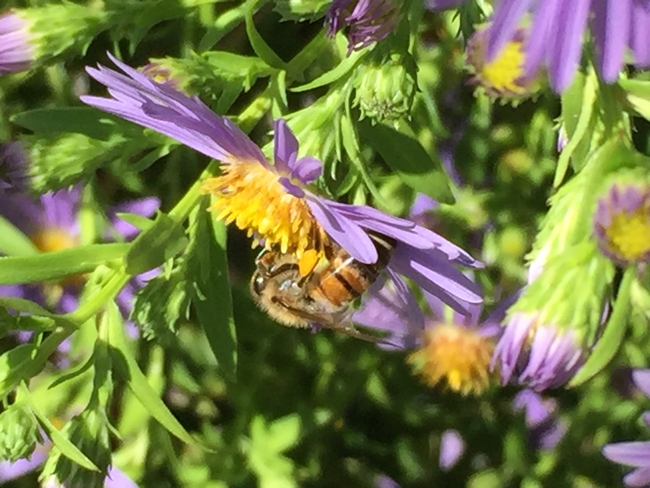
These steps may sound overwhelming. But once you take them and become a beekeeper, you will be fascinated by these beautiful insects. They are simply amazing to watch and learn from!